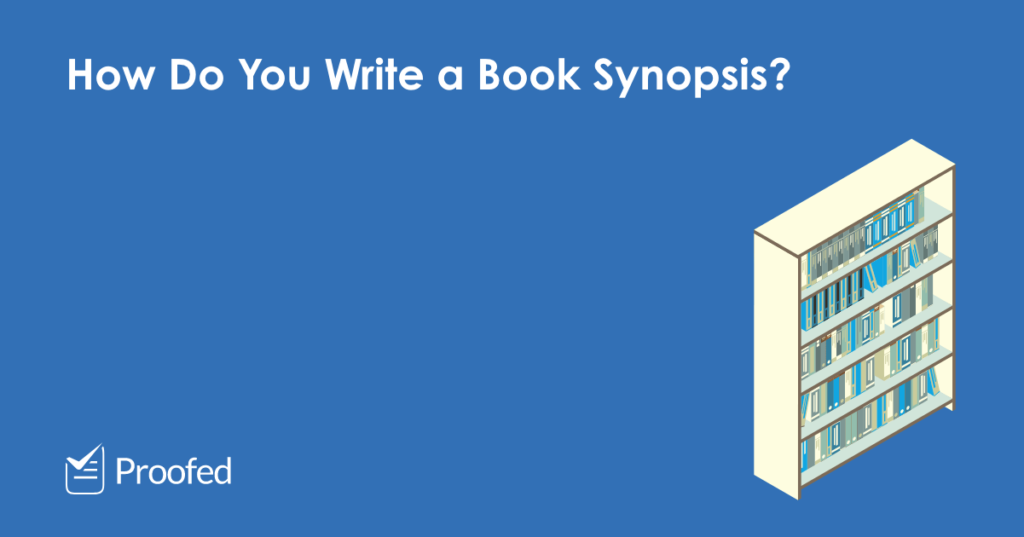A synopsis is a short summary of something. And if you’re hoping to get a manuscript published, you’ll need to write a perfect book synopsis to catch the attention of agents and editors. But how do you write a book synopsis? In this post, we offer a few helpful tips, including:
- Check the publisher’s or literary agency’s manuscript submission guidelines. Typically, they will require a writing sample, a query letter, and a synopsis around 300-800 words long.
- Include the full narrative arc in your synopsis, including the ending.
- Write your synopsis in the third person, present tense.
- Within the first 200 words, establish where and when the story takes place, the identity of the protagonist(s), and what problem they face.
- As well as describing the plot, explain how it affects the characters.
Read on below to find out more about writing a book synopsis.
1. Check the Submission Guidelines
Most literary agencies and publishers will have guidelines for submitting a manuscript. Usually, for fiction, this includes a sample of the book, a pitch or query letter, and a synopsis of the story.
The guidelines should also explain the type of synopsis required. Usually, this will be around 300-800 words, but some will require a more detailed synopsis of up to 2,000 words, so make sure to check!
2. What to Include in a Book Synopsis
A good book synopsis should make three things clear:
- Who the story is about (i.e., the protagonist and their goal)
- The core conflict of the story (i.e., what the protagonist needs to overcome)
- How the conflict is resolved (i.e., the key plot points and the ending)
Remember that a synopsis is a summary, so you won’t want to name every character or give a full chapter-by-chapter breakdown. But you should include anything that is essential to the main narrative arc.
Importantly, this includes the ending! A synopsis is not a marketing blurb, so you don’t need to create a sense of suspense. Instead, you need to show that the story has a satisfying conclusion.
3. Use the Third Person, Present Tense
Most book synopses are written in the third person, present tense. This applies regardless of the point of view in the book itself. So even if your manuscript has a first-person narrator:
I was a no-good detective from the wrong side of the tracks…
Find this useful?
Subscribe to our newsletter and get writing tips from our editors straight to your inbox.
You would write the synopsis in the third person:
Sam Sleuth is a no-good detective from the wrong side of the tracks…
This ensures you can set out the details of your story in clear, simple terms.
4. Nail the Opening
The opening lines of a synopsis are vital. Ideally, within the first 200 words, you will establish three key things about your book:
- Where and when the story takes place
- The identity of the protagonist(s)
- What problem or conflict they face
If you do this early on in your synopsis, you can hook the reader quickly. In addition, try to include any information about the narrative setup or characters that a reader would need to make sense of the rest of the story.
5. Remember Character Development
While your synopsis will focus on the plot, don’t forget the characters and their arcs. How do the protagonists react to each twist? What do they feel? How do they change? These are the things that give emotional color to your story, which is vital for engaging potential readers.
If you do all the above, you should have a great synopsis on your hands. And if you’d like an expert editor to check your book synopsis before you send it to publishers, why not submit a document for proofreading today?



